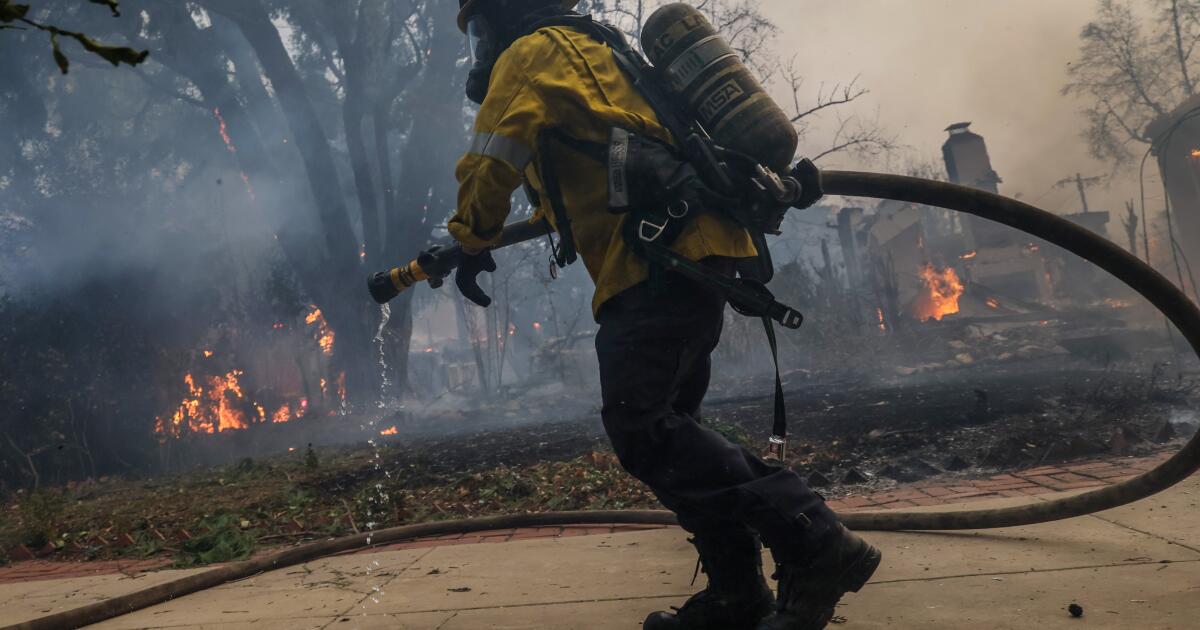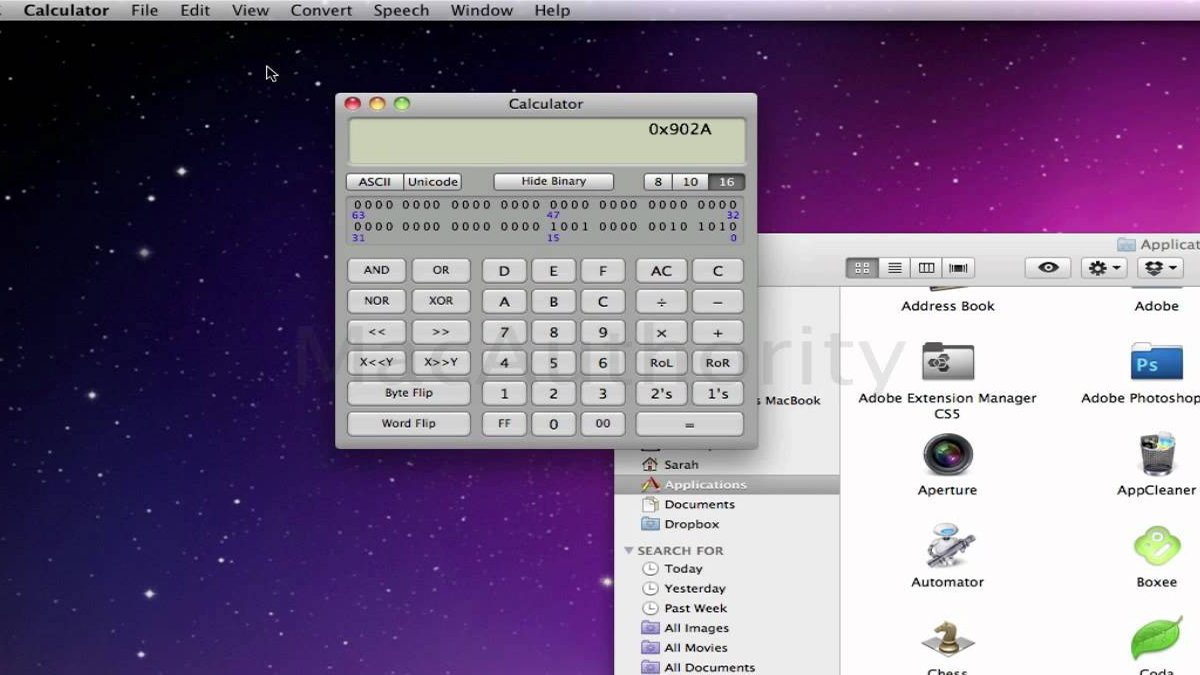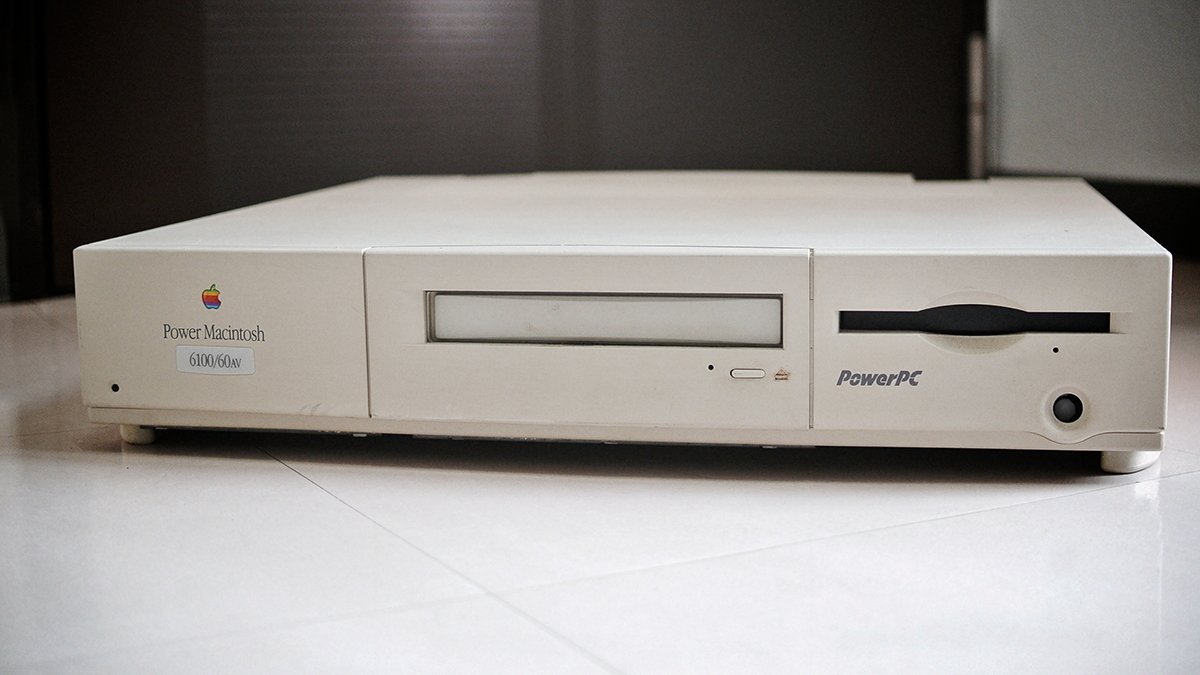As crews have fought the fast-spreading fires across the Los Angeles area, they have repeatedly been hampered by low water pressure and fire hydrants that have gone dry. These problems have exposed what experts say are vulnerabilities in city water-supply systems not built for wildfires on this scale.
The water system that supplies neighborhoods simply doesn’t have the capacity to deliver such large volumes of water over several hours, said Martin Adams, former general manager of the Los Angeles Department of Water and Power.
“The system has never been designed to fight a wildfire that then envelops a community,” Adams said in an interview with The Times.
The limitations of local water systems complicated firefighting efforts in Pacific Palisades, where scores of fire hydrants were left with little or no water, and in Altadena and Pasadena, which are served by different utilities and where firefighters say they have grappled with low water pressure.
The local water supply system in the Palisades area is designed to flow with enough gallons a minute to fight a house fire or a blaze in apartments or commercial buildings, Adams said. “Then you have a massive fire over the whole community and you have 10 times as many fire units, all pulling water out of the system at once.”
When a wildfire erupts, L.A. fire crews often turn to using aircraft to drop water and fire retardant.
But while the flames were spreading rapidly on Tuesday and Wednesday, officials temporarily grounded water-dropping helicopters because of the extraordinarily strong Santa Ana winds, making crews more dependent on the limited water systems on the ground.
To help, city officials sent tanker trucks to supply water for crews in areas where supplies were limited.
The firefighting efforts put the area’s water system under tremendous strain and “pushed the system to the extreme,” with four times the usual water demand for 15 hours, said Janisse Quiñones, DWP’s chief executive and chief engineer. She said the hydrants rely on three large water tanks with about 1 million gallons each. Hydrants functioned at lower elevations, but in hillier areas like the Palisades Highlands — where the storage tanks hold water that flows by gravity to communities below — they ran dry.
The DWP and city leaders have faced criticism from residents as well as Rick Caruso, the developer and former mayoral candidate, who blamed “mismanagement” and old infrastructure.
Water researchers said, however, that the infrastructure limitations are a common feature of many urban water systems.
“Local water systems are usually designed to fight local, small-scale fires over a limited time period,” said Kathryn Sorensen, director of research at Arizona State University’s Kyl Center for Water Policy. “They are not generally designed to fight large, long-lasting wildfires.”
The limitations raise several questions: As fires grow larger and more intense in the West, should storage tanks and other local water infrastructure be expanded to contend with them? Where? And at what cost?
Sorenson said that utilities need to consider how much water-storage capacity to develop in neighborhoods on the urban fringes.
“Given the known risk of wildfire in these hillsides, it is fair to question whether more water storage should have been added in previous years and months,” she said.
The existing water system in Los Angeles has “severe limits,” said Gregory Pierce, director of the UCLA Water Resources Group. “At least the way we’ve always built systems and wanted to pay for systems, you can’t really expect systems, even like DWP’s, to be prepared for this.”
The scale of the fires has surpassed previous L.A. fire disasters. The Palisades fire swelled rapidly and has destroyed more than 5,000 homes and other buildings, and the Eaton fire in Altadena and Pasadena has damaged or destroyed an additional 4,000-5,000 homes and other buildings.
The causes that sparked these and other fires are under investigation.
The fires erupted following a stark shift from wet weather to extremely dry weather, a bout of climate whiplash that scientists say increased wildfire risks. Research has shown that these abrupt wet-to-dry swings are growing more frequent and intense because of human-caused climate change. Scientists have found that global warming is contributing significantly to larger and more intense wildfires in the western U.S. in recent years.
DWP, which has sent water tanker trucks to help firefighters, said the intensity of the fires disrupted its contingency plans. The utility’s crews had limited access to the three storage tanks in the Palisades, and in one case DWP crews attempting to reroute water to refill a tank had to be evacuated, officials said.
DWP has urged all customers, especially those on the Westside, to conserve water to help in prioritizing supplies for firefighting.
In Altadena, firefighters encountered similar problems with low water pressure as they tried to slow the spread of the Eaton fire. Pasadena Fire Chief Chad Augustin said having dozens of fire engines battling multiple fires resulted in overuse of the water system.
“On top of that, we had a loss of power temporarily,” which affected the system, he told reporters Wednesday.
Even if the crews had had more water, however, “with those wind gusts, we were not stopping that fire last night,” Augustin said. “Those erratic wind gusts were throwing embers for multiple miles ahead of the fire, and that’s really what caused the rapid spread of the fire.”
He said such water constraints are to be expected when faced with such a major wildfire in an urban area.
“It’s very common in a city when you have that big of a fire with that many resources, we’re going to tax our water supply and water system,” Augustin said. “And if you have a loss of power which may impact the pressure, it’s going to make it even worse.”
Firefighters began communicating over the radio about fire hydrant problems Tuesday night, just hours after the Eaton fire erupted.
“I have some water issues pretty much east and west, and the entire north end of the fire,” one firefighter said over the radio.
“We’re getting water to work on it,” a dispatcher responded.
The problems that firefighters reported in parts of Altadena occurred in neighborhoods served by two small suppliers, Rubio Cañon Land and Water Assn. and Lincoln Avenue Water. Representatives of those suppliers couldn’t be reached for comment.
The Eaton fire broke out in an adjacent area supplied by Kinneloa Irrigation District, and the flames caused minor damage to a generator, which has since been fixed, said Tom Majich, the district’s general manager.
Despite that damage, the district supplied water for firefighters using backup generators and borrowing water from Pasadena Water and Power, Majich said.
“All of our pumps were operational,” he said. “We were pumping water throughout the entire event.”
He said the district’s success in keeping water flowing was due partly to lessons learned from the Kinneloa fire in 1993, when a lack of generators and power outages kept water from fire crews. This time, he said, his district had its system ready for the emergency. But he added that problems occurred in other areas due to the limitations of infrastructure.
“To fight a wildfire, you have to have Lake Havasu behind you,” he said. “You could fill a Rose Bowl with water and it wouldn’t be enough water.”
“There’s not a system that can do it,” he said.
Topography is also a factor in communities where water is pumped from the valley floor up to hilltop storage tanks.
Sorensen said any water utility that serves an area with large differences in elevation will have similar limitations. Engineers plan water systems with pressure zones in increments of 100 feet of elevation. A place like Pacific Palisades, for example, rises from sea level to over 1,500 feet.
In Phoenix, for comparison, the city supplies water in a vast territory with many hills and mountains, and has nearly 80 pressure zones, Sorensen said.
“Phoenix’s largest pressure zone is massive and the storage capacity in it is such that Phoenix could fight multiple fires for a very long period of time without running out of pressure for fire hydrants,” she said. “Other pressure zones are very small and serve only a few customers, sometimes less than a dozen. Storage in these pressure zones will be much smaller and there likely wouldn’t be enough stored water to fight more than one small house fire.”
Although decisions about infrastructure investments are often driven by population, wildfire risks in hillside zones are another factor for utilities to consider in building water-storing infrastructure, Sorensen said. In the L.A. area, she said, it would have been very expensive to develop additional storage “adequate to mitigate or even fight the wildfires in these higher-elevation pressure zones, but right now I’d imagine most people in L.A. would say it would’ve been worth the cost.”
Pierce said there could be ways of investing in the local infrastructure to expand water capacity for firefighting in Pacific Palisades if residents in the area were willing to pay the high cost of such investments.
“It’s going to come at great cost,” he said. And he added that such additional water storage might not have stopped a fire of this size and intensity anyway.
Pierce pointed out that these types of water problems have happened during previous fires in Malibu and other areas, where firefighters encountered dry hydrants and turned to using swimming pools or scooping water from the ocean.
“Whether there’s a near-term future where we could and should do more, and a long-term future where you could think about doing a lot more, at incredibly high cost, those things are on the table,” Pierce said.
Adams, DWP’s former general manager, said the gap is growing between what the L.A. water system was built for and the dangers of massive, fast-moving fires.
“The urban interface is changing and we’ve designed for classic fires, not a wildfire blowing through a community,” Adams said. “We need to think about fire protection and what firefighters really need if this is going to be the way of the future.”

















